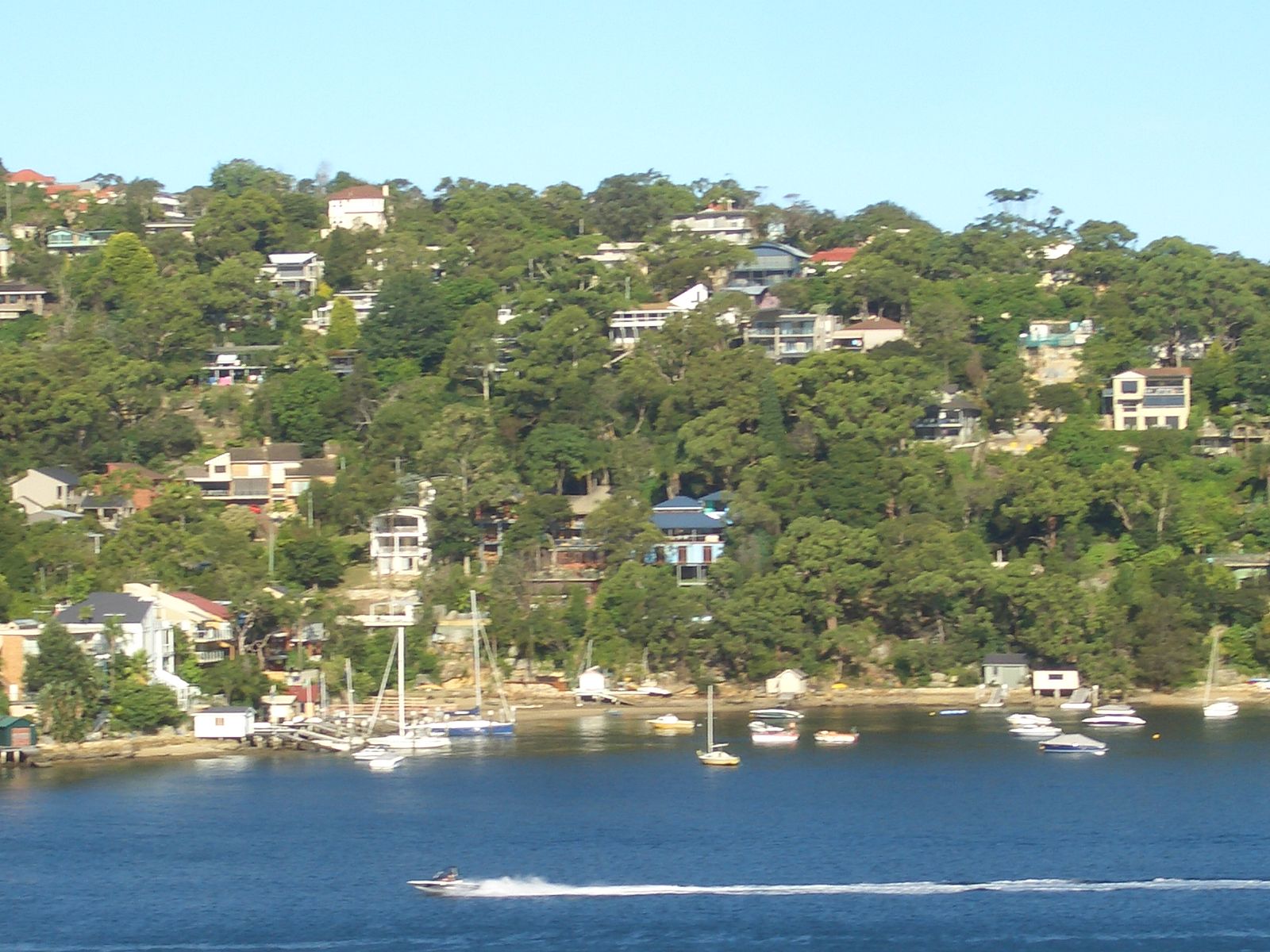Sitting right next to Seaforth is an estuary known as the Middle Harbour and in this body of water is Powder Hulk Bay, which has an interesting history of how it got its name.
The Navy uses the word “hulk” to refer to a ship that may still float in water but may not be capable of going to sea. Because it is too weak to handle the water pressure when sailing, naval officers instead use the hulk for other purposes.
Read: Sales Boom for Heaps Normal, A New Seaforth-Developed Non-Acoholic Beer
In many instances, a hulk pertains to an old ship that has had its rigging or internal equipment removed, retaining only its buoyant qualities. Sometimes, the term is also used to describe a ship that has been launched but not completed.
In 1826, the Australian military used to store gunpowder and highly explosive resources in Goat Island, located 19.8 kilometres from Seaforth. Before this, they were stored at Fort Philip, now known as the site of the Sydney Observatory and in an Ordnance Store (also known as the Commissariat Stores) at the west side of Circular Quay.
Colour photographic print of ‘Powder Hulk Bay, Middle Harbour, Sydney, NSW’, from a portfolio of ‘ Twelve Beautiful Views of Sydney Harbour’, paper, 1946-1955 (Photo credit: collection.maas.museum)
Read: Best AirBnB Accommodations in Seaforth
Gunpowder is the earliest known chemical explosive that consists of a mixture of sulfur, carbon, and potassium nitrate. It’s a low-explosive substance used as a firearms propellant.
Gov. Richard Bourke, who ruled New South Wales from 1831 to 1837, ordered to build a sandstone structure to store these firepowers, which was completed in 1839. Since then, the explosives for civil and military use had been stored in this structure on Goat Island.
However, residents living around and near the island grew worried and uncomfortable for their safety when at least 500 tons of live explosives were inside these structures. They demanded the government to look for a new depot for the explosives.
The Goat Island ammunition storage facilities were built from 1933 to 1939 (Photo Credit: State Library of New South Wales)
By 1866, suburb mayors whose constituents may be affected by a potential catastrophe agreed that the safest depot would be at the Middle Harbour, where the explosives would be stored inside hulks. It was the same year when an explosion of nitro-glycerine occurred in Bridge Street, Sydney. Due to the mishap, Sir Henry Parkes suggested a safer solution to such events must be found, however the beginnings of storing powder or any explosives further from populated areas, had already been discussed.
As an inlet of water, ships and boats do not usually frequent the Middle Harbour. The area has few beaches for the locals to spend their leisure and recreation. Thus, it would be safer if the warships were to transport gunpowder and other explosives on this body of water.
The European Navy was, in fact, already using powder hulks like floating ammunition warehouses even before the Australian Navy. Powder hulks also made the transfer of gunpowder and ammunition from warships to warships easier.
Read: What’s On Seaforth Bowling Club
By the end of the 19th century, two warships — the Behring and the Pride of England — as well as one guard ship — the Alacrity — were left moored and anchored at this particular part of the Middle Harbour to be used as power hulks.
This site would then be known as the Powder Hulk Bay.
Hulks at Powder Hulk Bay
“Pride of England” is a sailing ship built in Quebec in 1860. Back then, the construction of wooden vessels was an outstanding achievement in Quebec, one of the provinces located in eastern Canada. Before it could be used as a powder hulk, it needed to be refitted.
The “Behring,” however, had been moored as a powder hulk near Spectacle Island before it was moved to Powder Bay. Behring, which could be moved when needed, was built in the USA during the 1850s. It was during this time when the shipbuilding industry was booming in the United States.
“Alacrity,” a guard ship purchased by the Royal Navy in 1872, commenced service as a tender for HMS Clio before it was used for anti-blackbirding operations in the South Pacific. During the Second World War, Alacrity was used as an accommodation hulk at Bantry Bay.
By 1919, however, the hulks on Powder Hulk Bay were moved nine kilometres to Bantry Bay as the population around Manly increased. Eventually, these hulks were dismantled or burned when gunpowder storage was no longer needed.
The government reclaimed Bantry Bay, much to the public’s outcry, and a purpose-built Explosives Magazine Complex was established on the western part of the shore. Council was not pleased with the Government’s proposal to take over Bantry Bay because by then, it was a popular recreation area for many citizens of Sydney.
Large cutting at site of new magazine, Bantry Bay, May 1913 (Photo credit: sammozaffari.github.io)
However, the construction of a new explosive magazine at Bantry Bay was approved after the NSW Government issued a proclamation on 31 December 1906 resuming alienated land at Bantry Bay. Works commenced in 1910 and the complex operated from 1915 to 1974.
Although the Explosives Magazine was built on land reclaimed from public use, it helped protect the bushland in the long haul. Now, the area is part of Garigal National Park (formerly Davidson Park State Recreation Area), one of Sydney’s protected national parks.
Read: Top-Rated Restaurants Near Seaforth
Shortly after being incorporated into the Davidson Park State Recreation Area, a major stabilisation program was undertaken on the western seawall of Bantry Bay. Despite that, the works were not completed due to a lack of funds.
Bantry Bay Explosives Depot was listed on the New South Wales State Heritage Register on 2 April 1999.
Whilst there has been considerable development in the area, it is still possible to stand on a headland in Middle Harbour, look down the valley and see the bay in its untouched state. Powderhulk Bay is considered an item of landscape significance in the Local Environment Plan. It’s a natural bushland where an abundance of the Wet Gully flora and Cabbage Tree Palms exist.








